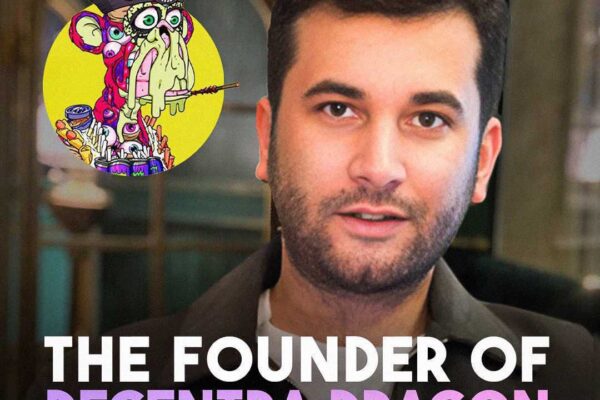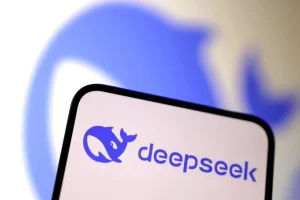Twitter is allowing users of its paid Twitter Blue subscription to hide their verified checkmarks, providing discretion around their premium status amidst backlash over paid verification.
The Evolution of Twitter’s Checkmark Symbol
For years, Twitter’s iconic blue checkmark denoted account authenticity, originally granted only to celebrities, the media, and public figures. Verification helped distinguish genuine profiles.
But the landscape shifted as checkmarks became attainable through questionable means like pay-for-play and internal contacts. This diminished their integrity as markers of authenticity.
Then Elon Musk upended convention entirely by letting anyone pay $8 for instant verification via Twitter Blue. The ensuing influx of fake verified accounts forced Twitter to modify its checkmark system repeatedly.
Empowering Users to Conceal Their Paid Status
In its latest iteration, Twitter Blue subscribers can now toggle their checkmarks on or off. Hiding checkmarks removes verification from one’s profile and tweets.
This provides users with discretion when displaying their paid verification status. Those facing ridicule or “bought checkmark” memes can mask their subscription to avoid mockery.
However, limitations exist. Checkmarks may still be visible in some areas, and hiding them can restrict certain Blue features. Still, users now have more flexibility in managing how their accounts appear.
Broader Changes as Twitter Transforms to “X”
The checkmark update coincides with Twitter’s transition from the bluebird to the black “X” logo under Elon Musk. This rebranding signals grander ambitions to evolve into an “everything app,” potentially integrating payments and more.
A literal flashing “X” sign was installed atop Twitter HQ before San Francisco ordered its removal over permit issues. The cosmetic and structural shifts highlight Twitter’s metamorphosis in the Musk era.
Navigating the Opportunities and Challenges of Change
Industry voices share mixed reactions to Twitter’s transformation:
On Change as a Catalyst
- “Innovation requires challenging the status quo and unknown possibilities.” – Timmy Ghiurau, The Point Labs
- “Change is inevitable. We must shape a digital future balancing convenience and privacy.”
On Preserving Value
- “Fear of losing communities causes concern. Main communication platforms feel uncertain amidst constant transformation.” – Ghiurau
- “Attachments to familiar narratives persist. But progress demands openness.”

Lessons Learned From a Platform in Flux
Twitter’s ongoing evolution offers insights on navigating change:
Progress demands embracing the unknown, but communities anchor us through uncertainty.
Providing user customization helps smooth transitions by allowing discretion.
-Visual branding has power, but changes should align with structural shifts.
-Transparency and dialogue build trust in new directions.
-Legacy systems have flaws; improvement requires both fixes and imagination.
By incorporating these lessons, platforms can innovate responsibly.
Final Thoughts on Twitter’s Path Forward
Twitter’s latest checkmark tweak affords subscribers more control over displaying their premium status. This user-centric customization aims to ease the platform’s transition amidst growing pains and backlash.
Broader debates around privacy, identity, and moderation will persist as the platform transforms under new leadership. But user-centered design provides ballast through turbulence.
Twitter still needs fundamental work to restore trust and safety. But small gestures granting users agency over their experiences hint at a more responsive ethos focused on individuals.
Want more? Connect with NFT News
Follow us on Twitter
Like us on Facebook
Follow us on Instagram
*All investment/financial opinions expressed by NFT News are from the personal research and experience of our site moderators and are intended as educational material only. Individuals are required to fully research any product prior to making any kind of investment.

This information is published by the NFT News media team.











